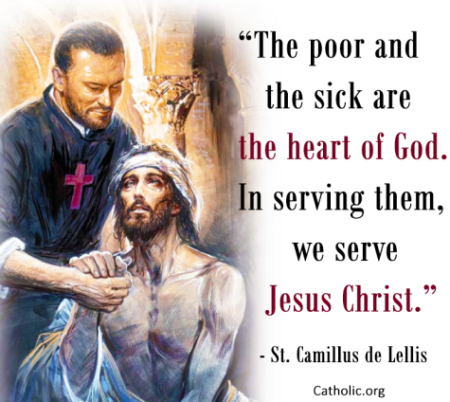 Saint Camillus de Lellis (1550-1614) — Image: Catholic Online
Saint Camillus de Lellis (1550-1614) — Image: Catholic Online
(CNA) Born in Italy Naples, Camillus mother died during his infancy and his father, a former military officer who neglected him according to Franciscan Media died six years later.
Camillus followed in his father’s footsteps, serving in the armies in Venice and Naples and developing a gambling addiction which led to him ‘losing his shirt’ and impoverished in his mid-20s resulting in him having to do menial labor for the Franciscans–In February 1575 Camillus resolved to change his life and soon thereafter sought to join the religious order.
A wound in one leg (that was seen as incurable) however kept Camillus from becoming a Franciscan, after this rejection, he traveled to Rome and worked for 4 yrs in Hospice care. Committed to a life of prayer and penance, Camillus wore a hair shirt and received spiritual direction from St. Philip Neri (Feast Day: 26 May)
Grieved by the quality of service being given to the sick, Camillus decided to form an association of Catholics ‘Congregation of the Servants of the Sick’ — Today Order of St.Camillus who would provide them with both physical and spiritual care–Camillus subsequently would study for the Priesthood and was Ordained in 1584
Members of Fr. Camillus de Lellis order, worked in hospitals, prisons and in the homes of those afflicted by disease–in 1586 Fr. Camillus de Lellis Order received Papal approval and received official recognition and confirmed as a religious order in 1591 In addition to their traditional vows of poverty, charity and obedience, the new religious order took a vow of unfailing service to the sick.
Fr.Camillus de Lillis himself suffered physical ailments throughout his life–his leg wound never healed properly over the course of some five decades, in addition to which he suffered sores and severe kidney trouble but he is said to have spent time with the sick even while unable to walk–crawling from bed-to-bed.
The Founder of the Order of St. Camillus lived to assist at a general chapter of his Order in Rome in 1613 and to make a last visitation of many of their hospitals. Learning that he himself was incurably ill, Fr. Camillus de Lillis said:
“I rejoice in what has been told to me. We should go into the House of the Lord.”
Fr. Camillus de Lillis receiving the Eucharist for the final time declared:
“O Lord, I confess I am the most wretched of sinners, most undeserving of your favor but save me by your infinite goodness. My hope is placed in your divine mercy through your precious blood.”
After giving his final instructions to his fellow Ministers of the Sick, Fr. Camillus de Lillis died in July 1614 in Italy Genoa — In 1742 he was Beatified and Canonized just 4 years later by Pope Benedict XIV
Saint Camillus de Lillis was subsequently named along with Saint John of God (Feast Day: 08 March) as one of the two main co-patrons of Nurses and Nursing Associations by Pope Pius XI in 1930
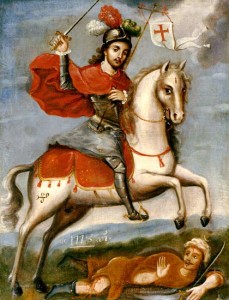

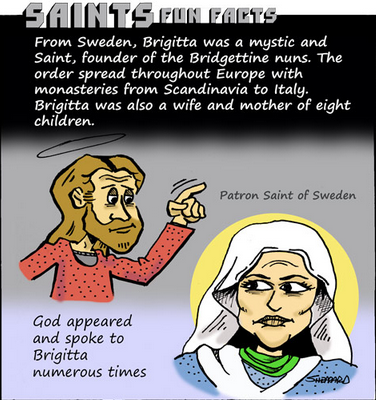
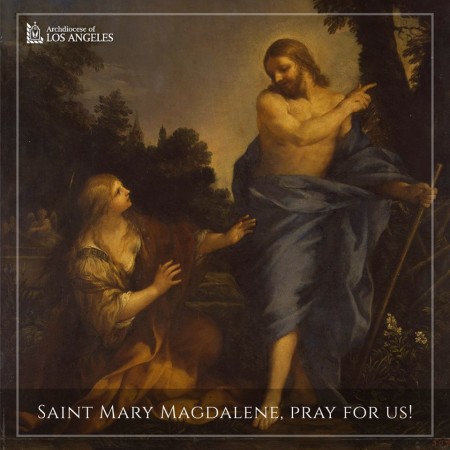 Saint Mary Magdalene –Image Courtesy: Archbishop Jose Gomez
Saint Mary Magdalene –Image Courtesy: Archbishop Jose Gomez 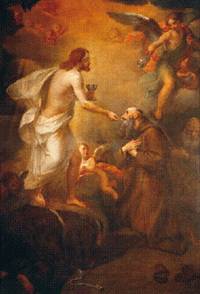
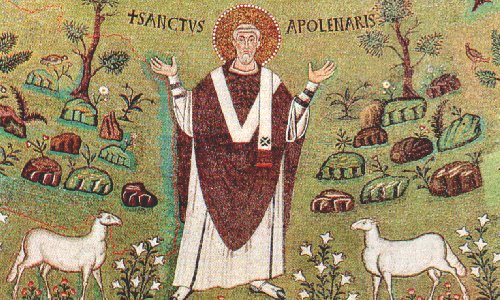 Saint Apollinaris –Image Courtesy:
Saint Apollinaris –Image Courtesy: 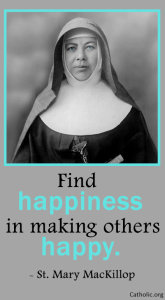
 Saint Camillus de Lellis (1550-1614) — Image: Catholic Online
Saint Camillus de Lellis (1550-1614) — Image: Catholic Online 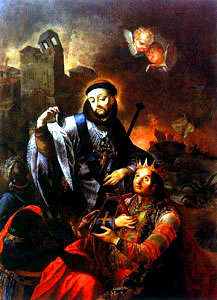
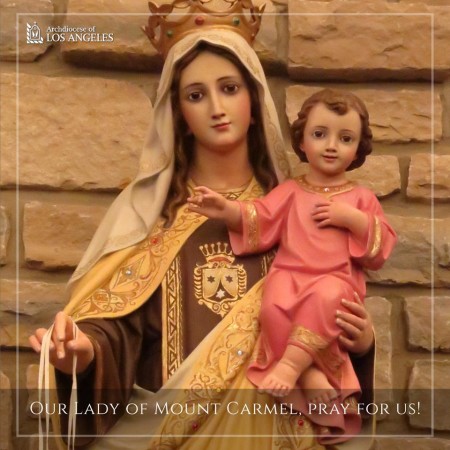 Our Lady of Mount Carmel
Our Lady of Mount Carmel